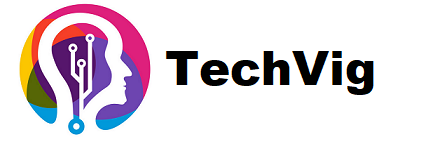What will the workplace look like, and how will businesses operate later this year when social interactions and the old work-life resumes? Technology has been used for decades in business, but it was taken up a notch following the global pandemic. Without technological advances, many businesses would have failed. Thankfully, the latest tech trends benefitted businesses in their hour of need continuing to connect customers and colleagues, run programmes and implement the latest gadgets to ensure productivity and sales continued.
Technology not only played an integral part in helping businesses adapt to new challenges, but it has changed the customer experience forever. New digital strategies have been forced into place and will undoubtedly remain part of the businesses going forward. Remote working may become permanent as travel for international business could be limited for the time being. Therefore video conferencing, smartphone applications, and virtual reality will be here to stay to help businesses function in 2021 and beyond.
Video conferencing
As the Covid-19 vaccinations are rolled out, it may be a while before things return to a typical working day. In the meantime, colleagues will need to remain connected, and so video conferencing is here to stay. Video connections have enabled businesses to work remotely as virtual teams continue to collaborate with one another to complete daily tasks. Virtual meetings have also provided a great alternative when it comes to travelling for face to face communications. Companies can meet with clients and bring in new business from the comfort of their home.
In 2021, companies will continue to look for technology that supports the growth of the business whilst adhering to any social restrictions that may be in place. Adopting new ways of working can sometimes increase the efficiency of a team and keep communication levels open, and video conferencing does just that.
Virtual reality
Some businesses in the gaming, medicine and aircraft industries have been using virtual reality (VR) technology for several years. Over the past year, with so many changes on the horizon, other companies have looked for ways that they, too, can implement VR into their working regime. The stock and property markets have found this technology to be useful as traders can practice real-life exchanges before committing to an investment. VR technology has also prevented the property market from crashing during the pandemic.
With VR headsets, people can take part in virtual viewings and tours of properties without having to travel to the site in person. It gives information to the viewer in real-time as if they were there to experience it in person. Property investment company RWinvest has found great success using virtual reality to showcase properties and plan to continue using the technology in 2021 and beyond.
AI and machine learning
2020 showed signs of businesses willing to accept big data changes and welcome artificial intelligence (AI). This year we predict more businesses will embrace AI and machine learning as companies look to use more computer programmes for growth and productivity, given the increase in digital activity. AI gives computer programmes logical functions such as problem-solving, done so using algorithms, which is essentially a set of steps put in place for the programme to accomplish.
For example, AI and machine learning are often used in the stock market to place a trade. Algorithms will follow the steps given at such a speed that they can outperform a human trader, taking businesses to the next level. Perhaps people are more familiar with social media businesses and smartphone applications that use AI. Companies may use social insights to analyse how well a digital campaign is doing. AI is used to evaluate data on a large scale to find out what’s trending and other patterns that are occurring when analysing users’ behaviour. This provides valuable information to a business as they have in-depth access to costumers and can make informed decisions on the products and services they sell moving forward.







